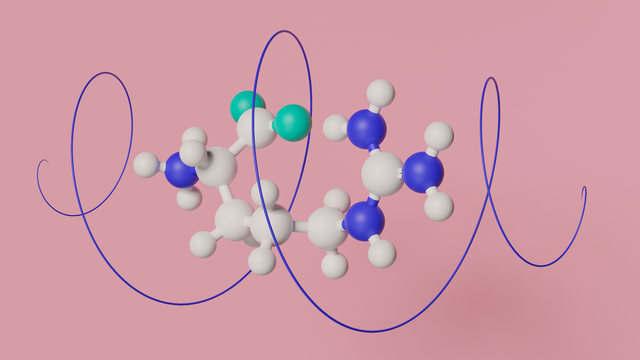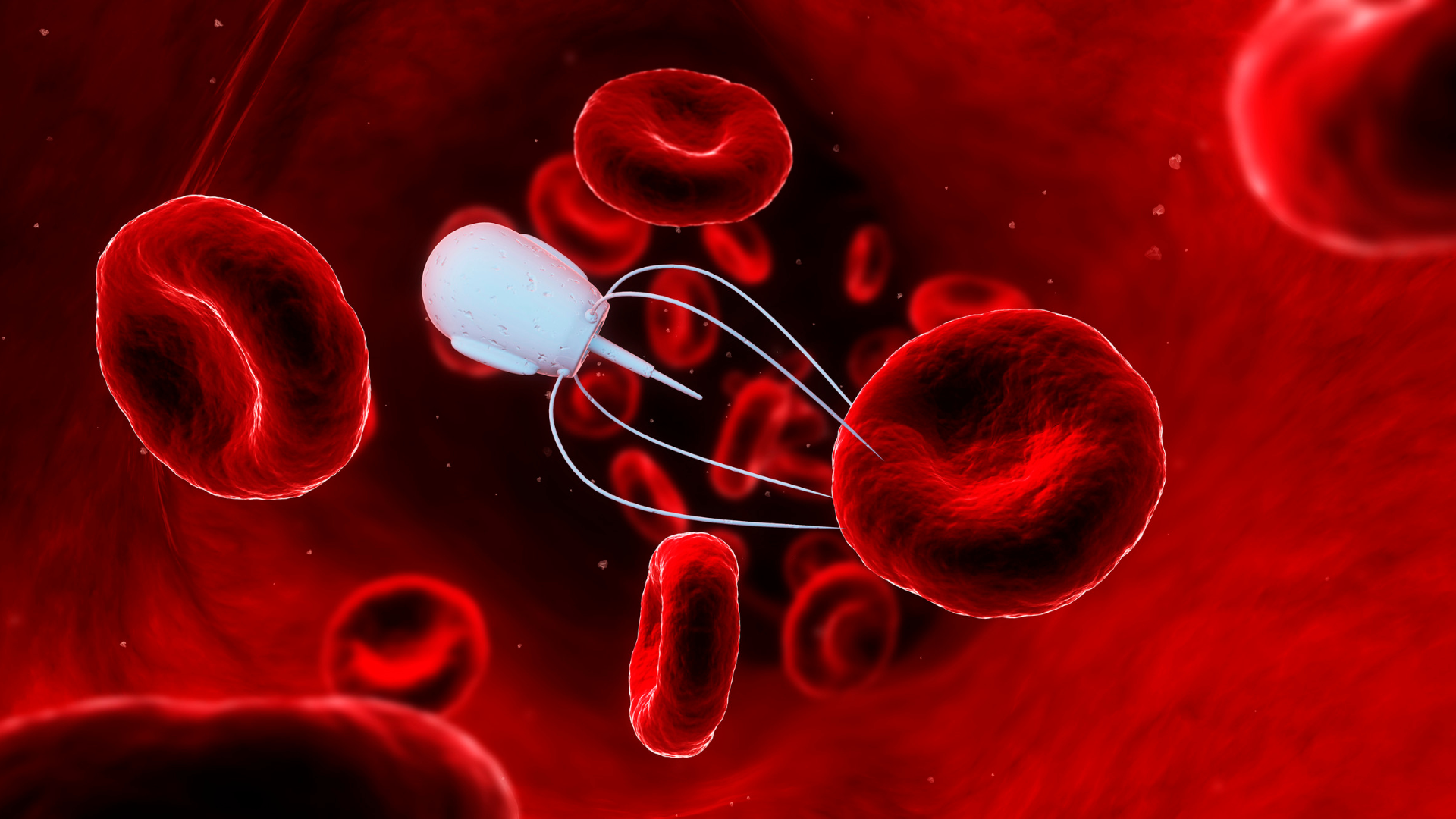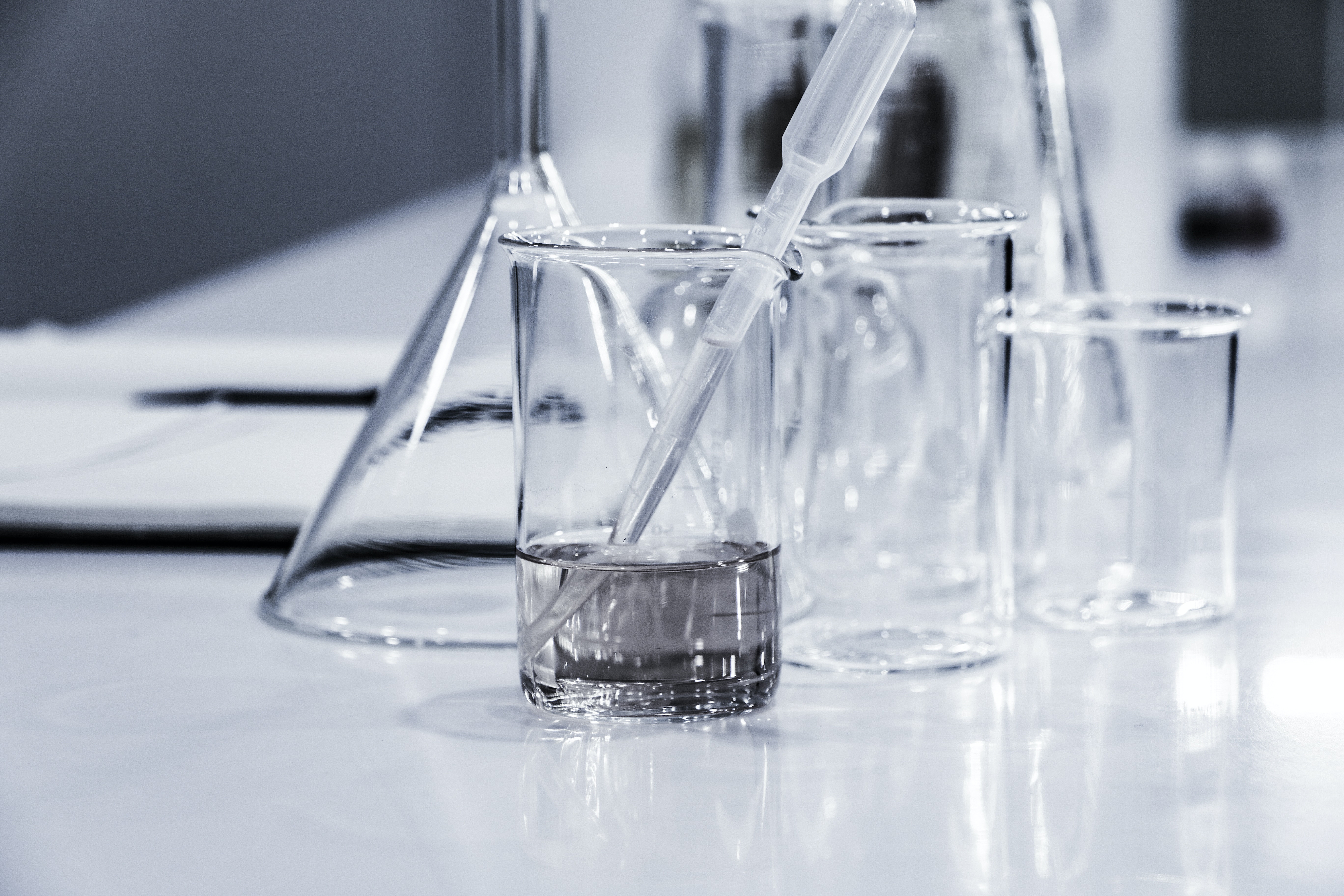Experts Discuss the Particular Challenges of Biotherapeutic Formulation Development

Drug formulation is a particular challenge when it comes to biotherapies: large molecules, proteins, and peptides. This is due to the complexity of molecules, which introduces challenges in their stability and delivery. Mastering biotherapeutic drug formulations therefore requires unique considerations. To address this topic, our September discussion group titled Biotherapeutic Formulation Development, brought together key leaders in the field.
- Bioanalysis: Predicting Protein Aggregation & Method Validation
- Challenges in the Formulation of Biologics: Protein Aggregation, Safety, and Technology
- Handle with Care: Continuous Delivery of Fragile Molecules
Defining Biotherapeutic Formulation
The first point of discussion considered how to define formulation. And what are the components that go into protein and biotherapeutic formulation?
The first definition given by an attendee was that formulation is the process by which excipients are developed alongside the active pharmaceutical ingredient (API) to prevent degradation and increase stability. One participant in the session, added to this: “it’s all the active ingredients that are included in order to stabilise the protein or large molecule.” Another participant pushed the meaning further still: “it’s the end platform that captures the whole drug product.”
Polysorbates and Surfactants
The group participants then discussed the challenges that each of them has faced in the formulation of biologics. A challenge that one participant had faced concerned not only the formulation of the monoclonal antibodies but also other APIs. “It’s about surfactants,” they said. They reported that their team had been attempting to find alternative molecule for polysorbates, as they had found them to be unstable.
“It’s a field that’s quite restrictive,” they further recounted, “as there aren’t many surfactants available.” Furthermore, poloxamer is a well-known surfactant, and molecules such as cyclodextrin or alkyl polyglycosides had the potential to be used. However, they said that “we are still not yet at the point where we have a confirmed alternative for polysorbates.”
Then came the question of excluding polysorbates from the formulation all together. “Sure,” said one discussion group member, “but sometimes, that’s not possible.” For example, they recounted one candidate that always saw the same long-term stability issues without polysorbate in its formulation. “Perhaps a solution might be to try different polysorbate grades, but we still haven’t solved that problem,” they said.
An issue with polysorbates is the fact that being able to achieve a stable formulation without them can save a lot of time and effort, but sometimes it’s a necessary evil. Surfactants are usually used in formulations for cosmetic purposes. They reduce some of the visible aggregates so that they can’t be seen or detected anymore. Perhaps by tackling the aggregation as the root cause will remove the need for surfactants.
Amino Acids and Viscosity
Cindy Wang, Senior Scientist at EyePoint Pharmaceuticals, said that for oligonucleotide formulations that she had worked with so far, there wasn’t any need for surfactants: “oligo formulation is pretty simple. We just use water or phosphate buffer without any additives – so they’re pretty stable all the time.” She said that this was not the case for antibodies, however. In Wang’s experience, surfactants were also needed – majorly polysorbates.
Wang also mentioned that her team had also tried using different amino acids as excipients. Often arginine can be added to reduce the viscosity of high concentrated mAb formulations, and to protect against sheer-induced stress. Wang thought that this was useful for antibody formulations as their target is highly concentrated, sub-cutaneous injections: “therefore, high viscosity is unwanted.”
“Outside-the-Box” Solutions
The conversation then turned to “outside-the-box” solutions to biotherapeutic formulation development: “all my work has been pretty classic: liquid formulations, screening, using different stress approaches to look at different amino acids,” said one attendee. They further commented that the process was iterative, combining formulation ingredients together to look for beneficial interactions. “That can take multiple rounds of studies to get to a final formulation.” Moreover they added that “there may be more outside-the-box options out there, and that’s part of what I’m looking for in my current position.”
Here we discussed just a selection of highlights from our September discussion group, which hosts experts in the field each month. To gain exclusive access to the upcoming sessions in our Formulation series, find out more about our membership offerings.
At Formulation & Delivery UK, learn from and meet leading experts in pharmaceutical science, addressing the critical strategic advances and technical innovation in formulation, drug delivery and drug product development.







